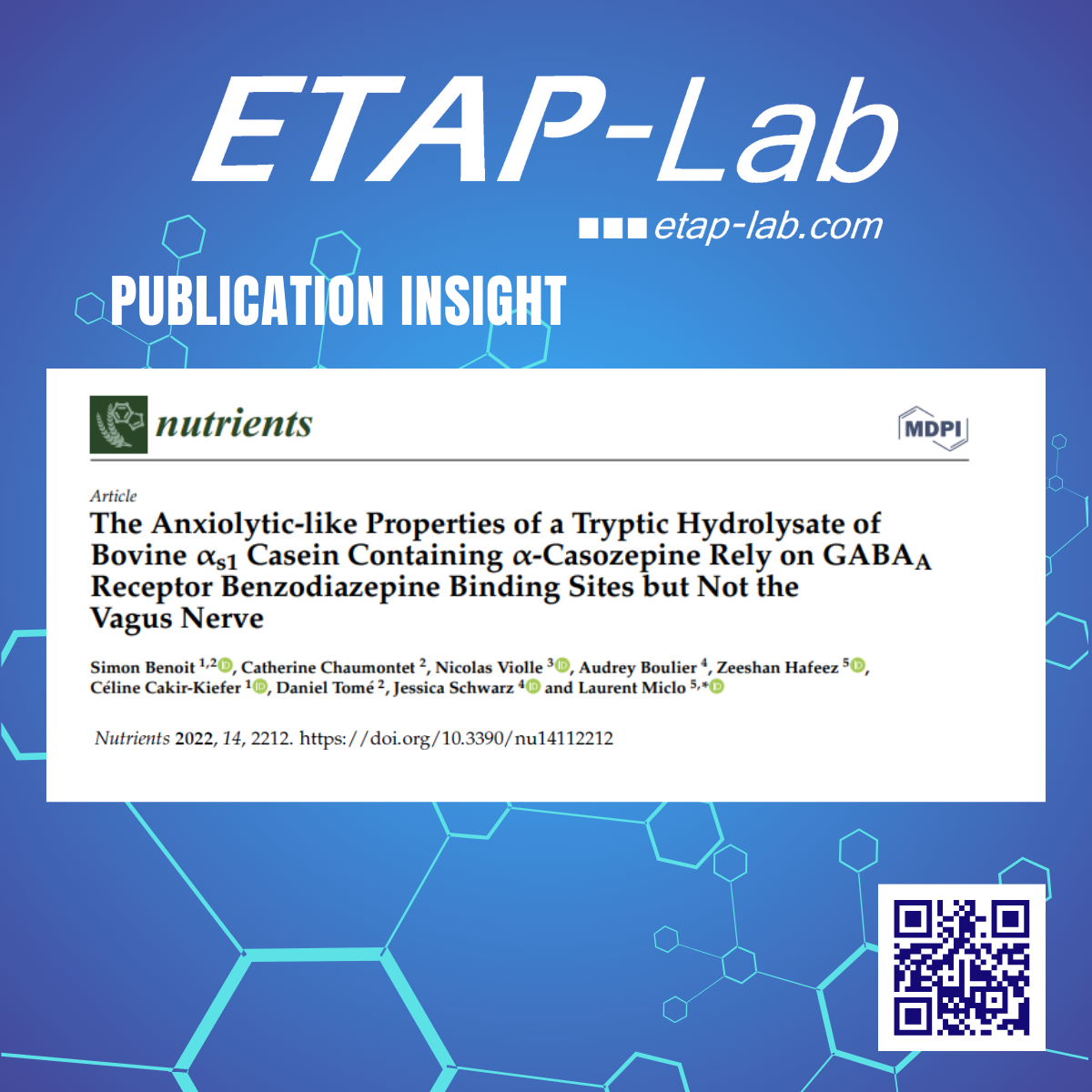Mining the brain metabolome to understand behavioural disruptions induced in mouse fed Hypochoeris radicata (L.), a neurotoxic plant for horse
Domange C, Schroeder H, Violle N, Peiffer J, Canlet C, Paris A, Priymenko N - 2013, Neurotoxicology, 38:74-83.
Mining the brain metabolome to understand behavioural disruptions induced in mouse fed Hypochoeris radicata (L.), a neurotoxic plant for horse. C57BL/6J mice orally exposed to 9% H. radicata (HR) are metabolically competent laboratory animals which can be used as model of Australian stringhalt, a neurological horse disease induced by HR ingestion. So, the present study was conducted to assess the brain metabolome and the behavioural performances of mice fed with a 9%-HR-based diet for 21 days. By the end of the period of exposure, mice were investigated for motor activity and coordination, anxiety level, learning and memory performances, social behaviour and rewarding properties of for the plant. Thus, the animals were sacrificed and the brain metabolome was studied using (1)H NMR spectroscopy. HR-exposed mice displayed a motor hyperactivity in several tasks, a less resignation in the forced swimming test, and paradigm place preference for the plant. A bootstrap-based regularized canonical analysis performed on merged behavioural and metabolic datasets showed a clear relationship in HR-treated mice between an increase in cerebral scyllo-inositol, an increased motor activity, and seemingly rewarding properties of HR. These results underlie the interest of such a dual approach to characterize functional end-points of a pathophysiological model of the Australian stringhalt in equine species.
Link to Pubmed


